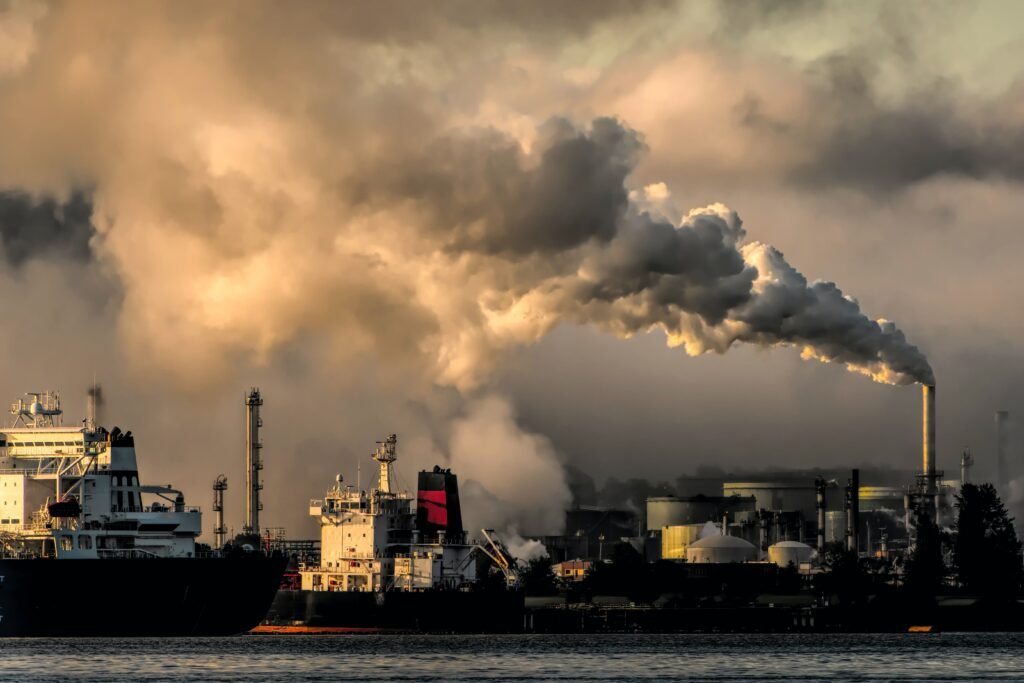As the world grapples with the ever-increasing challenges of pollution and environmental degradation, there is a growing need for innovative solutions. One such solution that holds great promise is the integration of artificial intelligence (AI) in pollution control and environmental protection efforts.
The Role of Artificial Intelligence
Artificial intelligence refers to the development of computer systems that can perform tasks that typically require human intelligence. These systems can analyze vast amounts of data, identify patterns, and make decisions based on the information gathered. When applied to pollution control and environmental protection, AI can play a crucial role in several ways.
1. Monitoring and Data Analysis
One of the key challenges in pollution control is the ability to monitor and analyze data effectively. Traditional methods often rely on manual data collection and analysis, which can be time-consuming and prone to errors. AI can automate this process by using sensors, satellites, and drones to collect real-time data on air and water quality, soil contamination, and other environmental parameters. The collected data can then be analyzed using AI algorithms to identify pollution sources, patterns, and trends.
2. Early Warning Systems
AI can be used to develop early warning systems that can alert authorities and communities about potential environmental hazards. By analyzing historical data and real-time information, AI algorithms can predict the occurrence of events such as wildfires, floods, and air pollution episodes. This enables timely and targeted interventions to mitigate the impact of these events and protect human health and the environment.
3. Environmental Modeling and Simulation
AI can help in creating accurate models and simulations of complex environmental systems. These models can be used to understand the impact of various factors on the environment, such as industrial activities, urbanization, and climate change. By simulating different scenarios, policymakers and researchers can make informed decisions about pollution control measures and environmental policies.
Examples of AI Applications in Pollution Control
Several AI-based solutions have already been developed and implemented in pollution control and environmental protection efforts. Here are a few notable examples:
1. Air Quality Monitoring
AI-powered air quality monitoring systems use sensors and machine learning algorithms to continuously monitor air pollution levels. These systems can detect pollutants in real-time, identify their sources, and provide actionable insights to improve air quality.
2. Waste Management
AI can optimize waste management processes by analyzing data on waste generation, collection routes, and recycling rates. By identifying patterns and trends, AI algorithms can help streamline waste collection, reduce landfill usage, and promote recycling.
3. Water Quality Assessment
AI can analyze data from water quality sensors and satellites to assess the health of water bodies. By monitoring parameters such as temperature, pH levels, and pollutant concentrations, AI algorithms can detect water pollution sources and guide remediation efforts.
The Future of AI in Environmental Protection
The potential of AI in pollution control and environmental protection is vast, and ongoing research and development efforts are continuously expanding its capabilities. Future applications of AI in this field may include:
1. Smart Cities
AI can be integrated into urban planning and infrastructure systems to create smart cities that are sustainable and environmentally friendly. AI algorithms can optimize energy consumption, manage traffic flow, and monitor waste and pollution levels in real-time.
2. Wildlife Conservation
AI can aid in wildlife conservation efforts by analyzing data from remote sensors and cameras. By identifying endangered species, tracking animal movements, and detecting illegal activities such as poaching, AI can help protect biodiversity and preserve fragile ecosystems.
3. Climate Change Mitigation
AI can contribute to climate change mitigation by analyzing climate data, predicting future trends, and optimizing renewable energy systems. By identifying the most effective strategies for reducing greenhouse gas emissions, AI can help in the transition to a low-carbon economy.
In conclusion, the integration of artificial intelligence in pollution control and environmental protection has the potential to revolutionize our approach to these pressing global challenges. By leveraging the power of AI, we can enhance our monitoring and analysis capabilities, develop early warning systems, and make informed decisions to safeguard our planet for future generations.

